✕

Column: industry Tag: hotel performance,holidays and festivals Published: 2017-11-21 11:44 Source: Author:
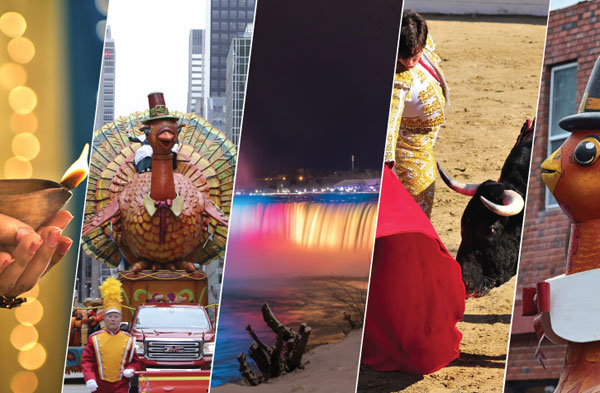
GLOBAL REPORT—Holidays and festivals across the globe around November, with few exceptions, are not big demand generators for hotels, according to data from Hotel News Now parent company STR.
Diwali, the festival of lights, is celebrated by millions of Hindu, Sikh and Buddhist people around the world over five days, according to the Hindu calendar, between mid-October and mid-November. But STR data seems to indicate that at least in India, people prefer to celebrate at home rather than in hotels.
Meanwhile, in the U.S., the Thanksgiving holiday fills up hotels in the New York City submarket of Midtown West/Times Square for the Macy’s Thanksgiving Day Parade. But in Plymouth, Massachusetts—considered the symbolic home of the holiday—there’s room at the inns at a significantly higher rate, the data shows.
Here’s a closer look at hotel performance in U.S. and international markets that are celebrating holidays and festivals this time of year.
Celebrations around the world in October and November
From India to Manhattan, New York, and Peru to Plymouth, Massachusetts, here’s a look at hotel performance in markets where holidays and festivals are celebrated during October and November.
Celebrators stay home for Diwali

Hotels in India reported occupancies that at their peak were only slightly better than 50% during Diwali, the festival of lights celebrated by Hindus, Sikhs and Buddhists over five days, in 2017 and 2016. This suggests that like Thanksgiving in the U.S., people in India prefer to celebrate Diwali at home. In 2016, the holiday began on 30 October with 35.9% absolute hotel occupancy, which steadily increased over the five-day period, peaking on the last day at 63.9% (a 17.4% year-over-year decline). That pattern repeated in 2017, with absolute occupancy at 38.4% on the first day (17 October), but only reached 51.1% (a 16.8% year-over-year decline) on the last day (21 October).
Turkeys love a parade
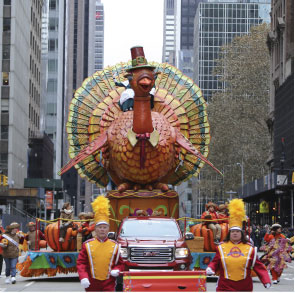
One thing that seemingly can get turkey-stuffed Americans out of the house during the Thanksgiving season is a parade. On the night before Thanksgiving Day—and the Macy’s Thanksgiving Day Parade in New York City—hotels in the Midtown West/Times Square submarket saw absolute occupancies of 94.2% in 2016, which was a 6.4% year-over-year increase. Hotels raised average daily rates by 4.4% to $313.50 to capitalize on the demand last year.
Lighting up Niagara Falls
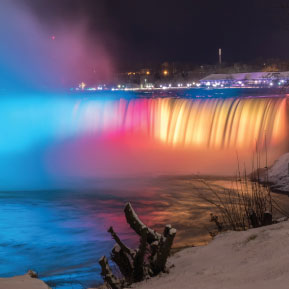
A million people flock to Niagara Falls, Canada, for its Winter Festival of Lights, which kicks off the third Saturday in November and includes events through January. In 2016, on the festival’s first night (19 November), hotels in the market reported 91.7% absolute occupancy, which is a 3.5% year-over-year increase over the festival’s opening night in 2015. Hotels on the Canada side of the Falls were also able to raise ADR by 7.7% (to $107.30), which boosted revenue per available room by 11.4%.
Bull by the horns
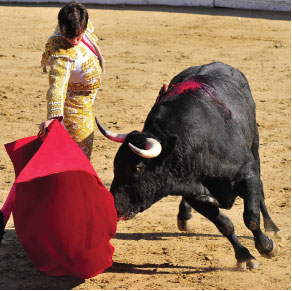
The start of bullfighting season in Lima, Peru, in November doesn’t have visitors trampling down doors at hotels in the market. On 1 November 2016, the official start of the season, Lima hotels reported absolute occupancy only reached 56.2%, which was an 8.7% drop from 2015. Demand decreased 7% year over year, with 5,038 rooms sold at 23 hotels reporting data to STR.
Giving thanks where it all began
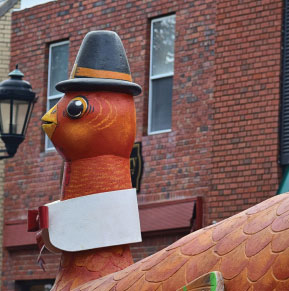
Visitors to Plymouth, Massachusetts, on Thanksgiving—arguably the historic city’s signature holiday—might not have a difficult time finding a hotel room, but they’ll like pay more for one. In 2016, the city’s hotels reported 71.6% occupancy on the night before Thanksgiving (a 1.4% year-over-year drop) and 60.1% occupancy on Thanksgiving night (-3% year over year). Still, hotels in the market were able to raise ADR by 6.1% (to $143.58) on Thanksgiving eve, 12% (to $137.20) on Thanksgiving Day and 14.1% (to $128.88) on the day after, when actual occupancy was only 45.6%.
Previous:‘Pura Vida’ mantra propels Costa Rica hotel development
Next:Courtyard by Marriott Charleston Summerville, S.C. Sold for $20.2 Million
Hot key words
Hot Products
Popular Vendors